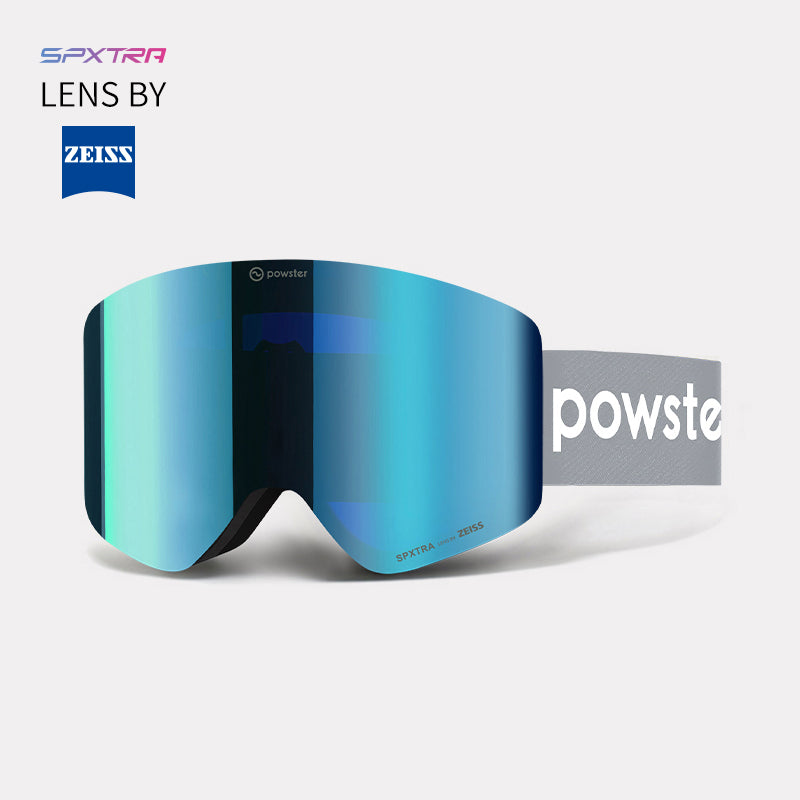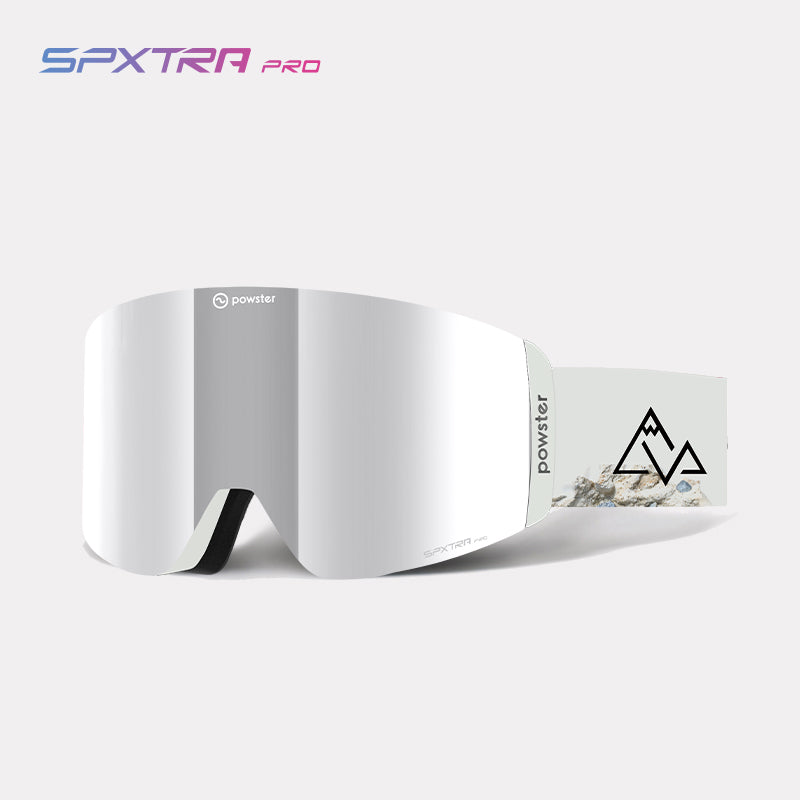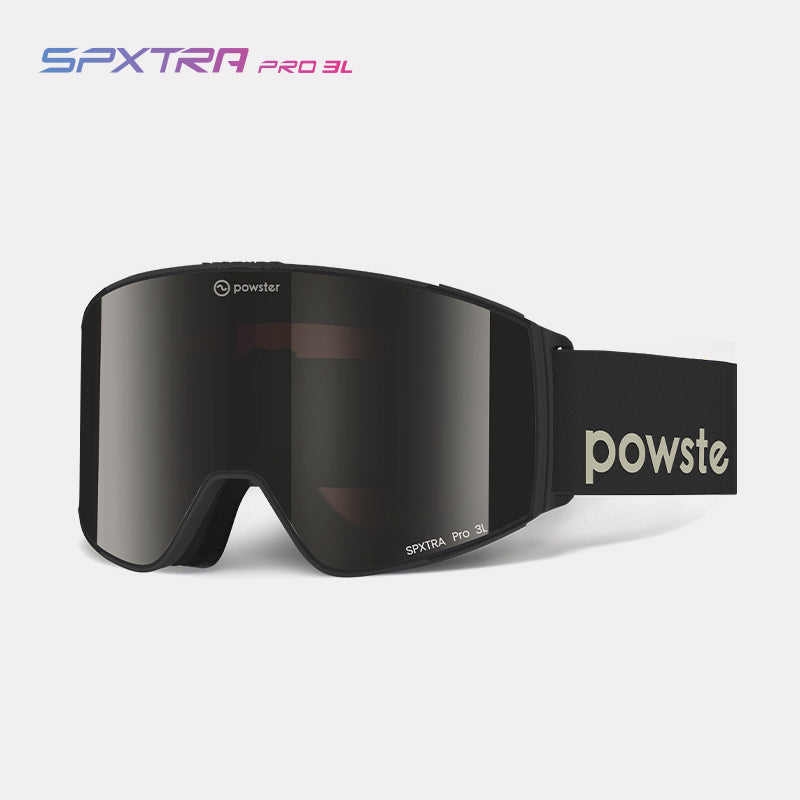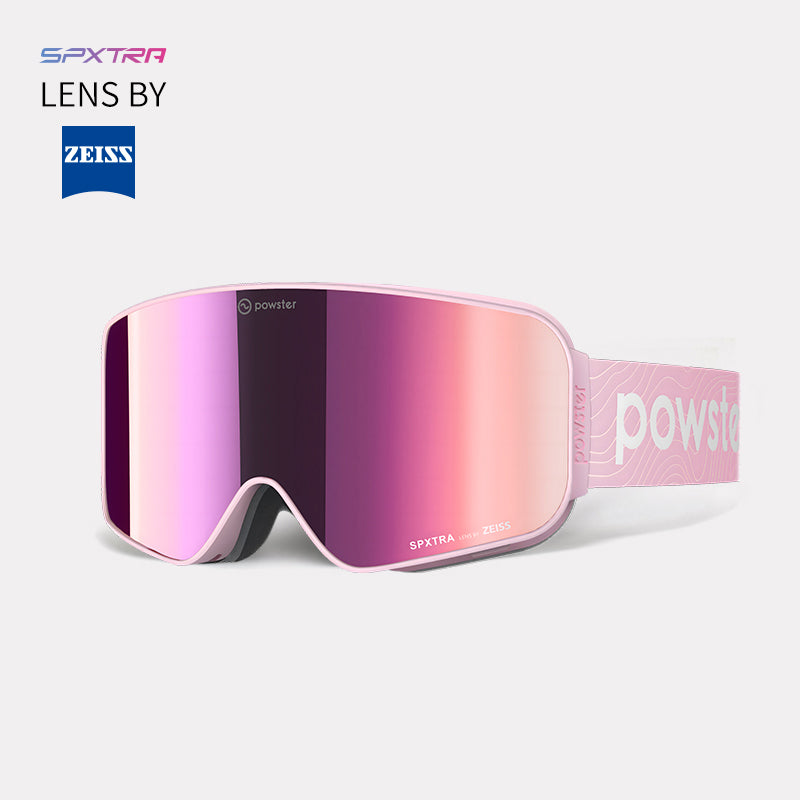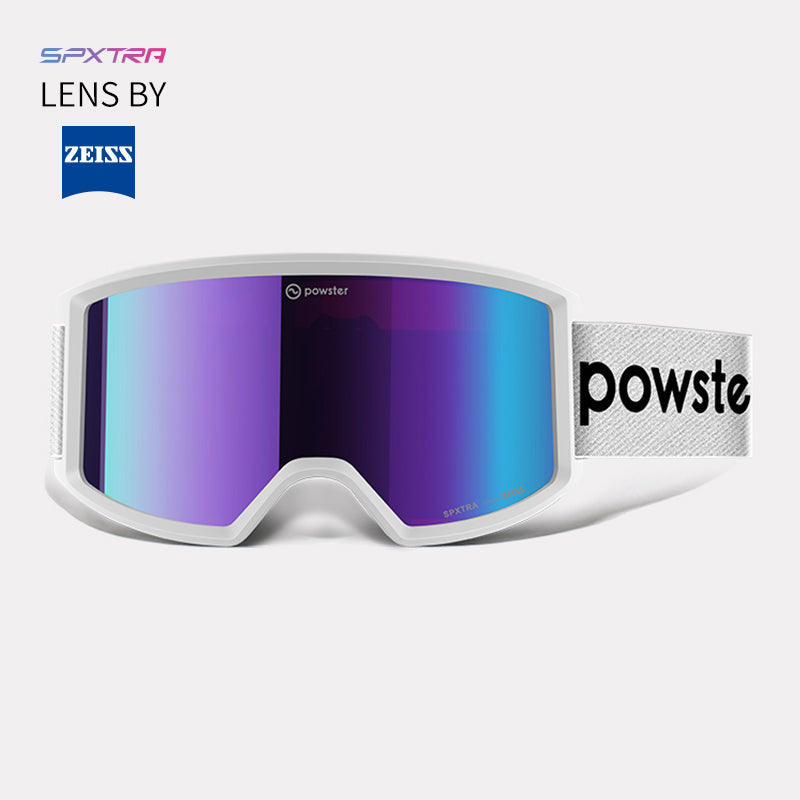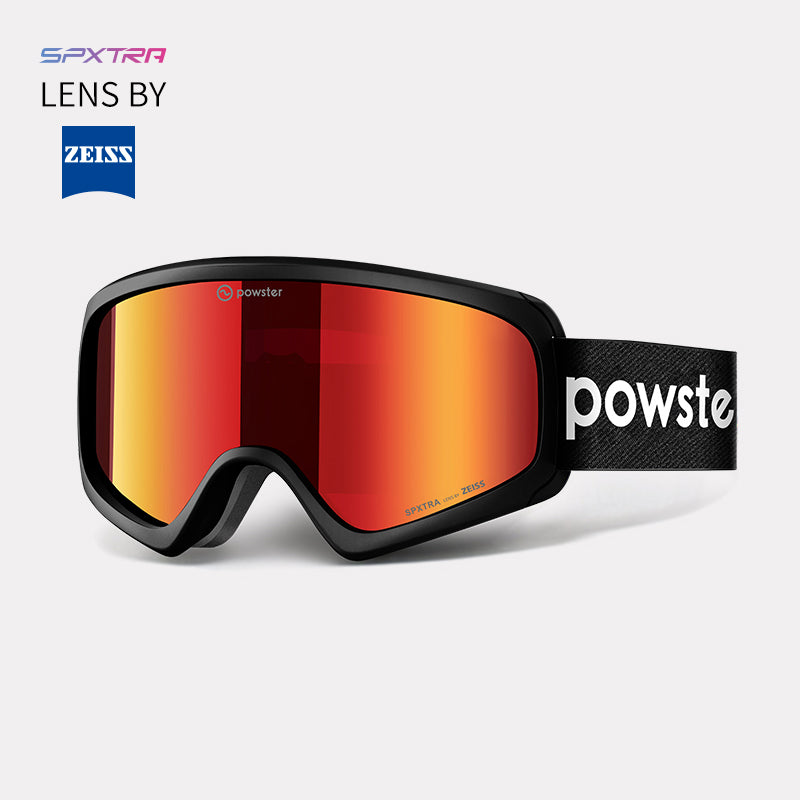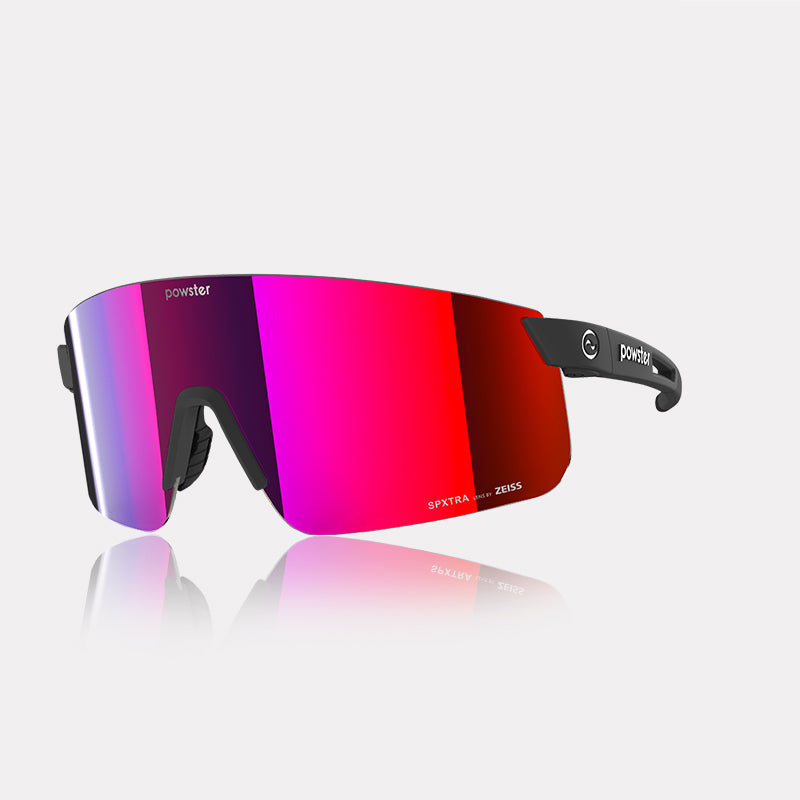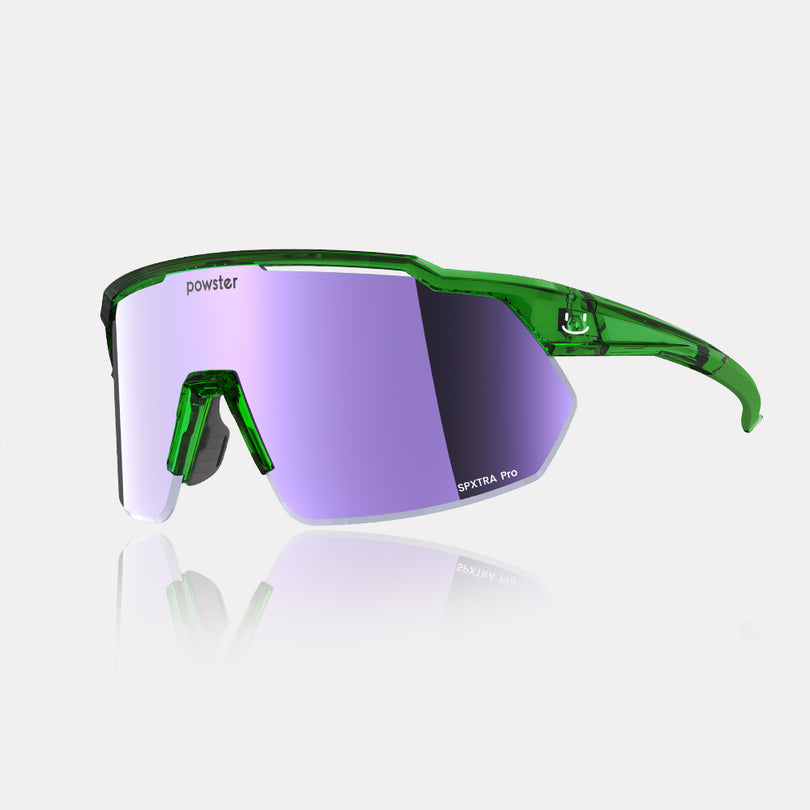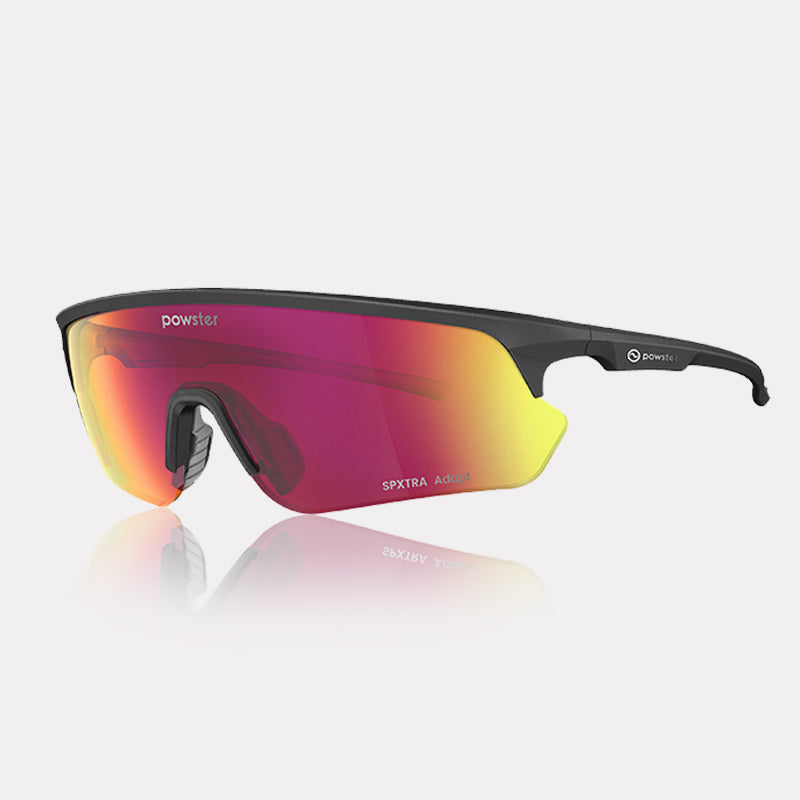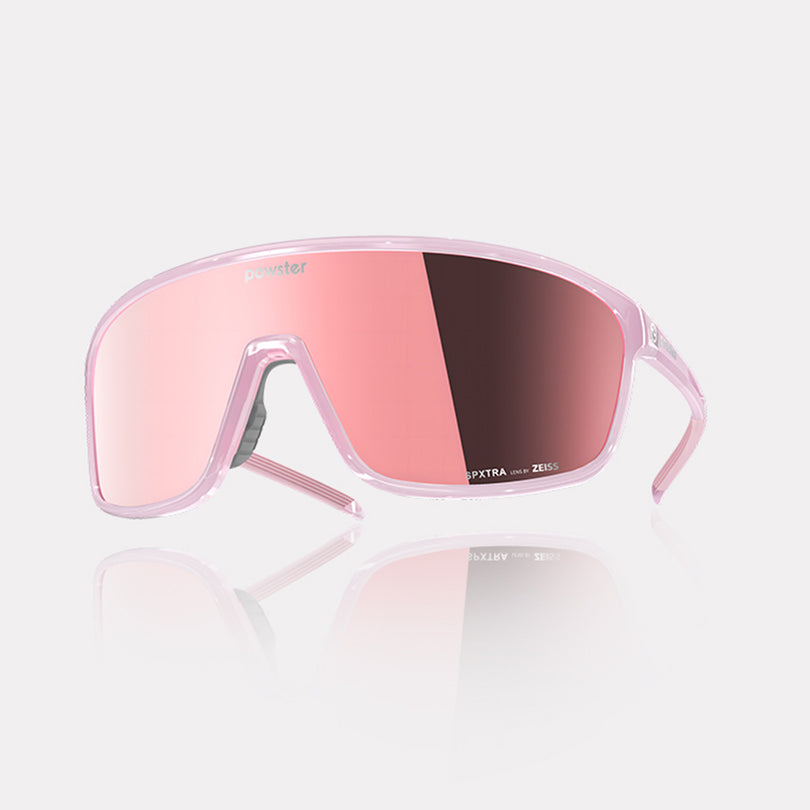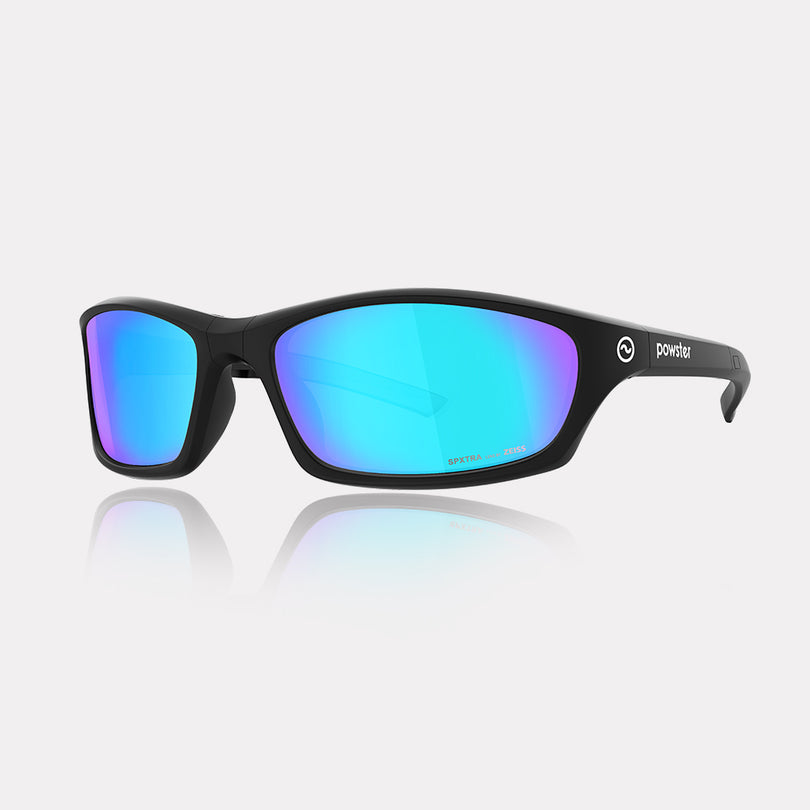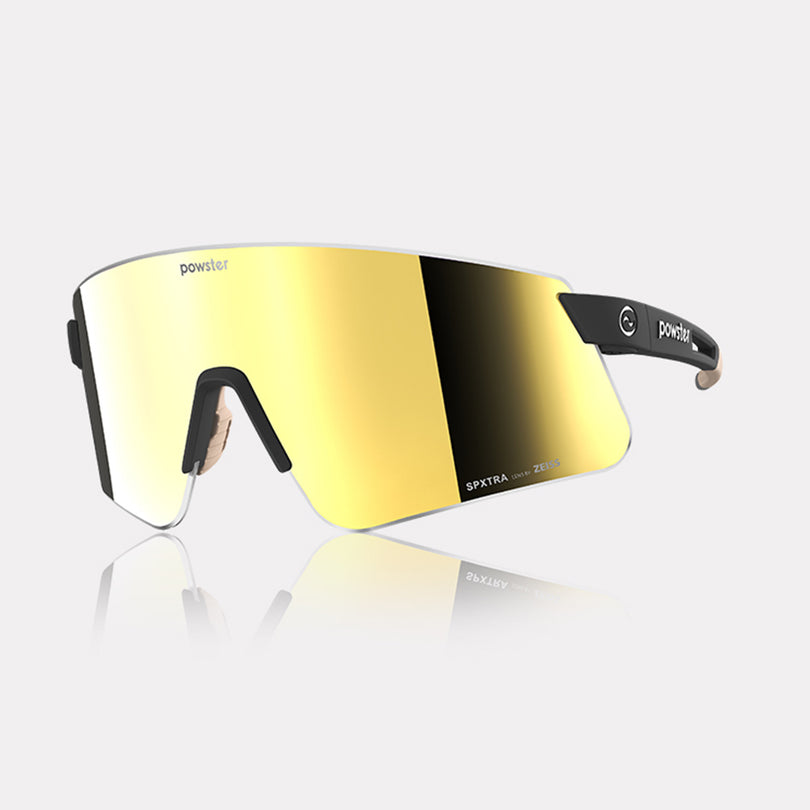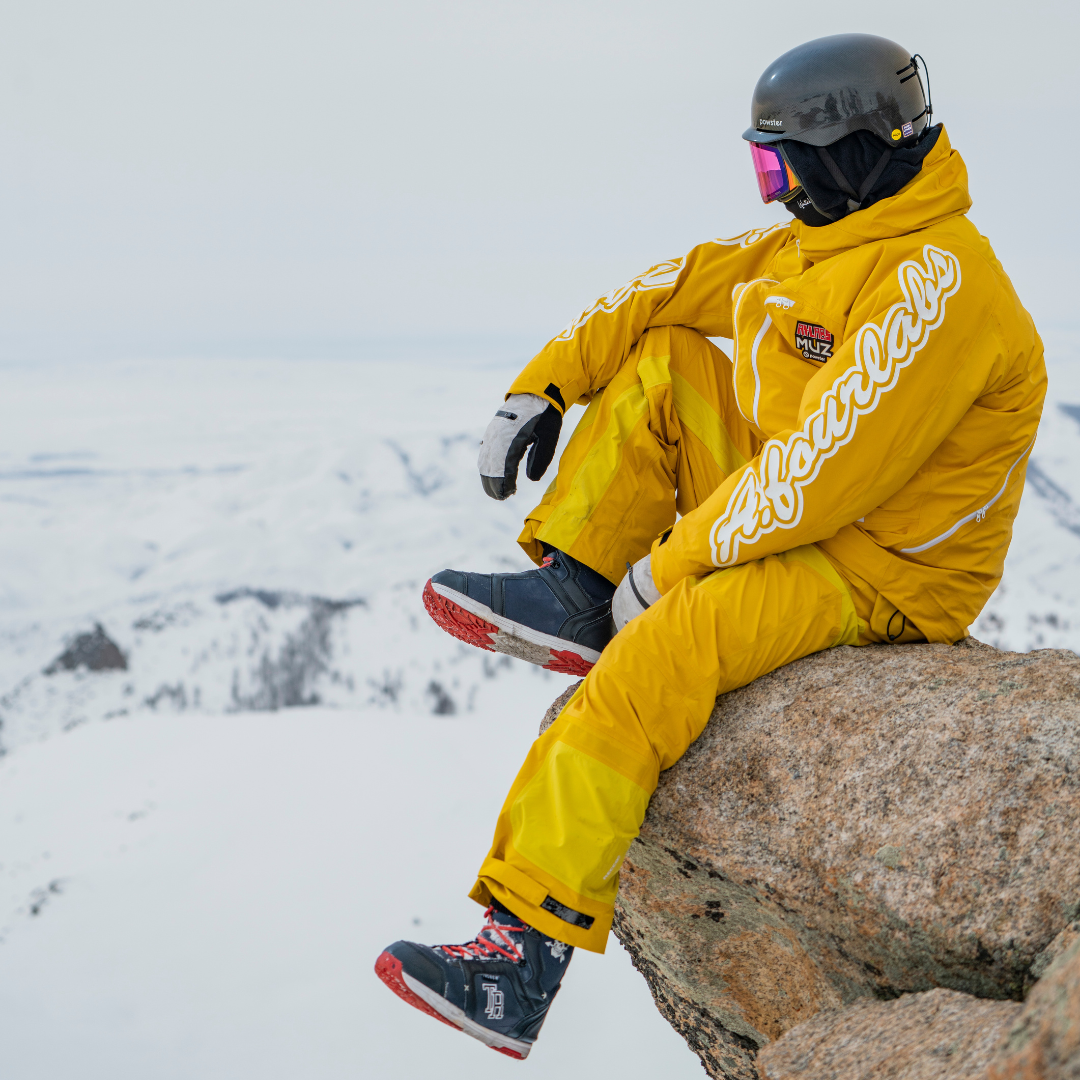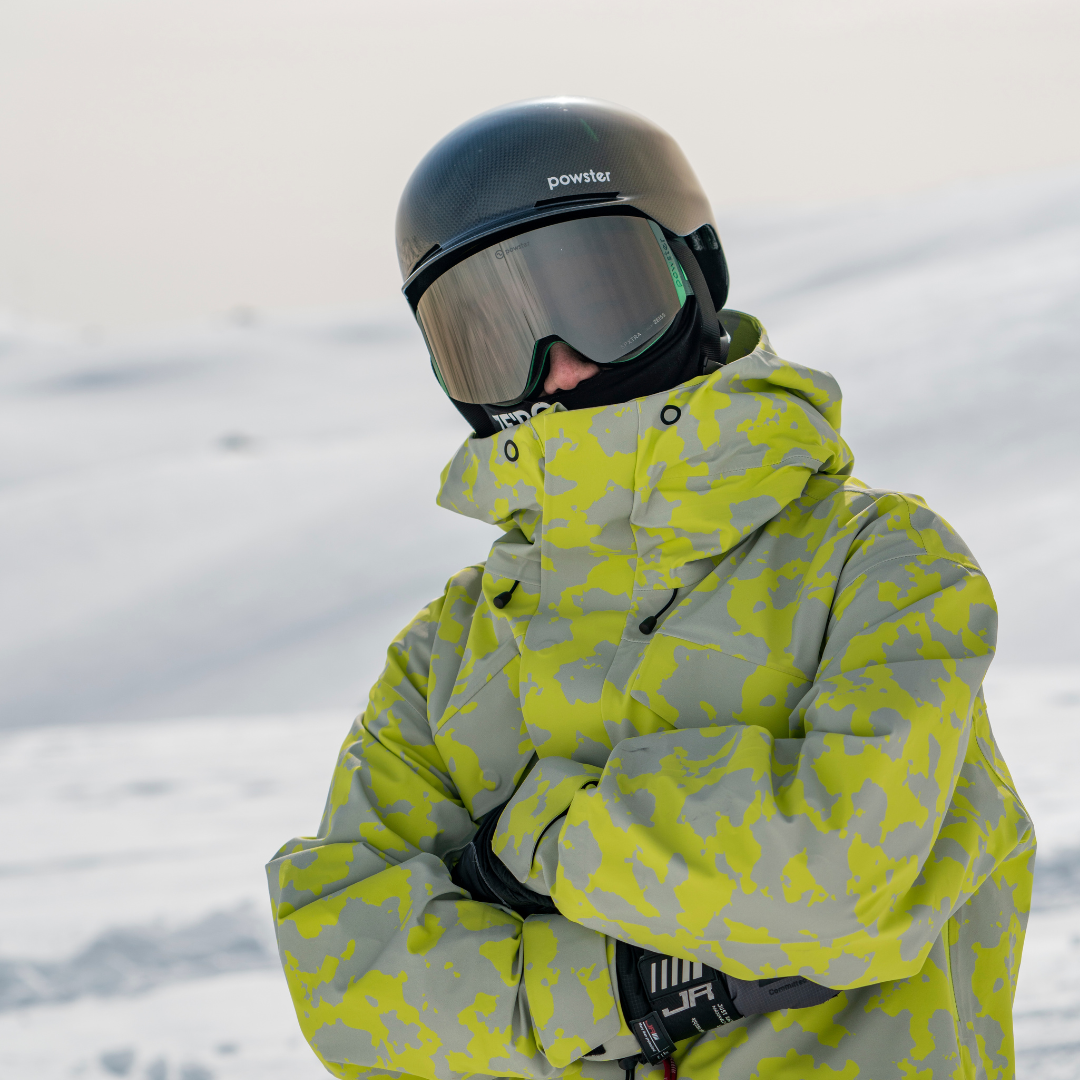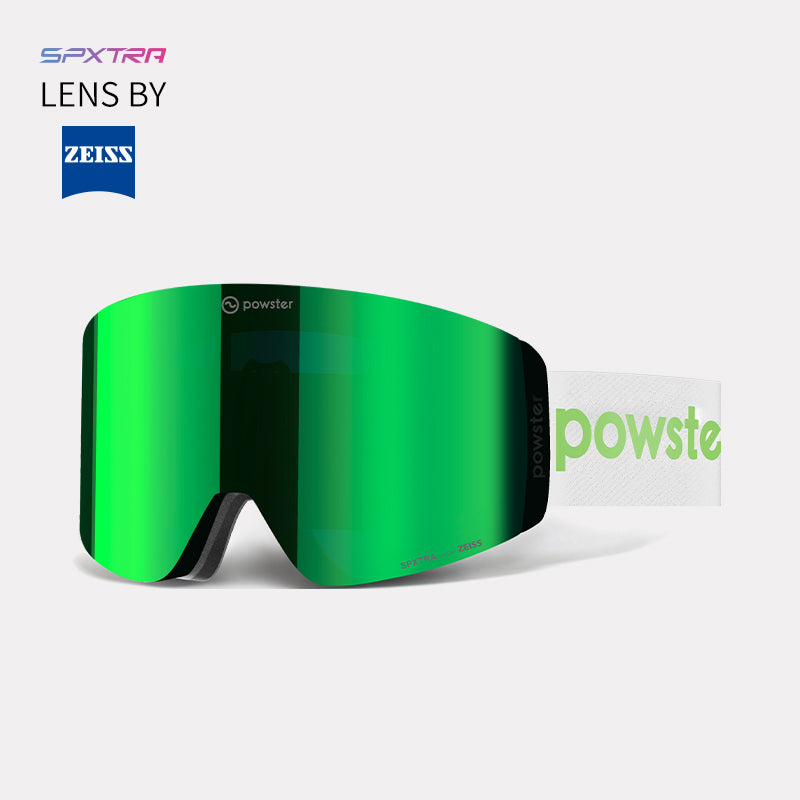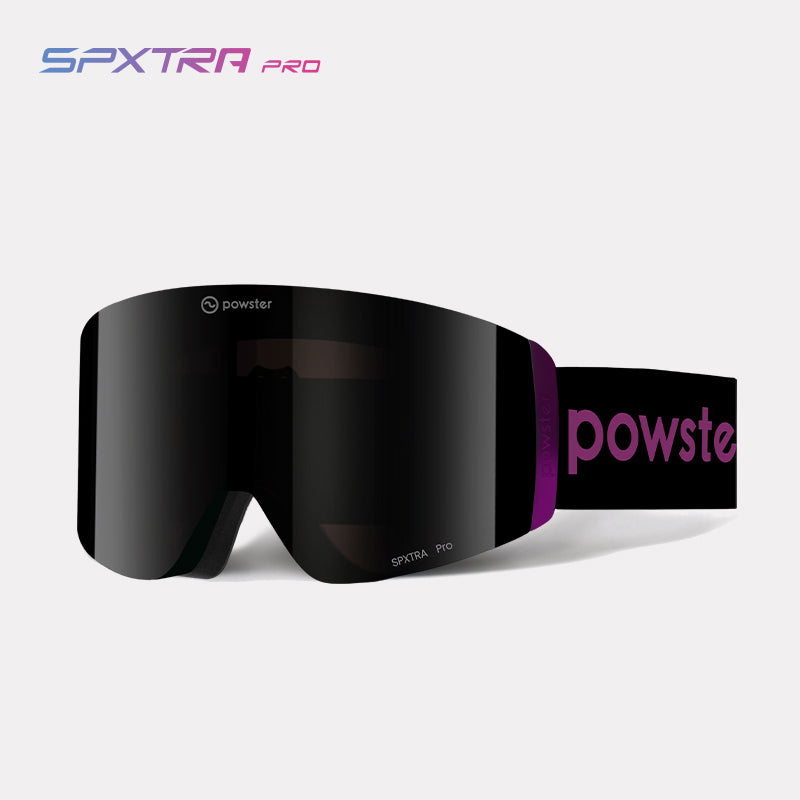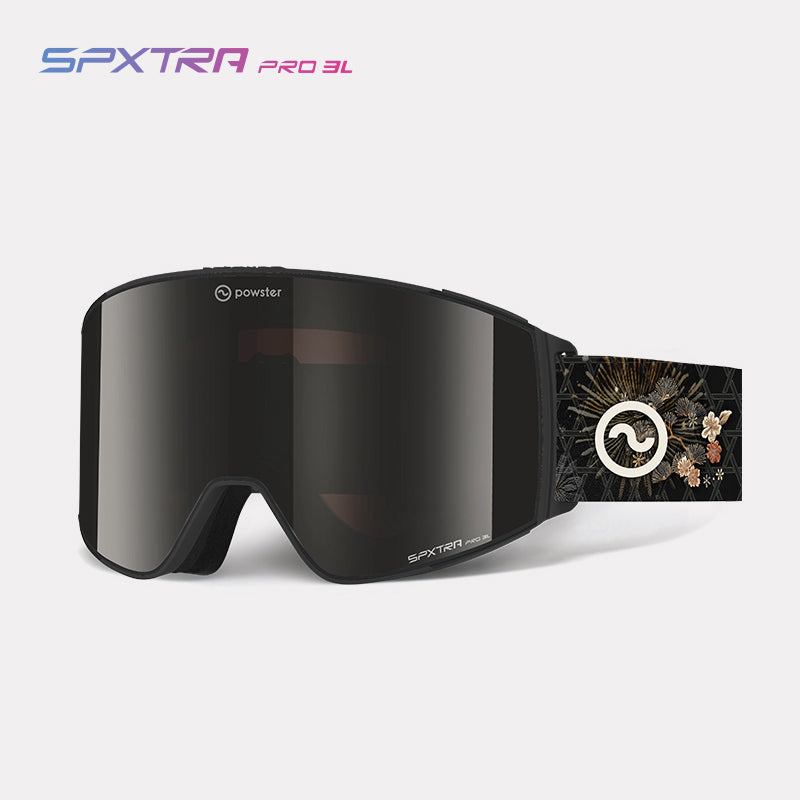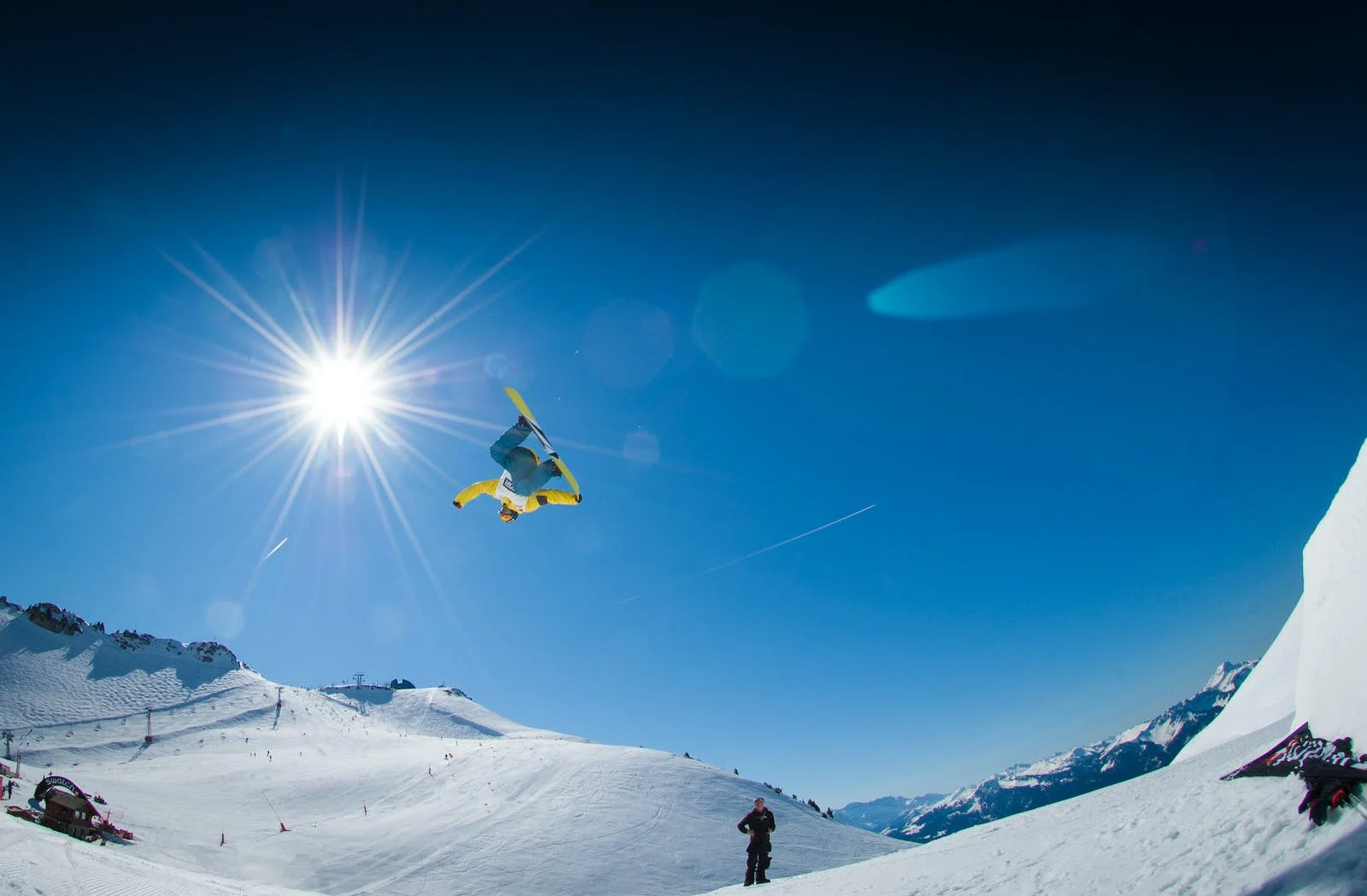We all know how important it is to protect our eyes from the sun, and it’s certainly no different when it comes to getting out in nature and making the most of the sports we love. Not only are sports sunglasses intended to shield your eyes from harmful rays, but they’re also designed specifically to enhance your performance through improved vision. Whether you’re taking on those pristine white mountain slopes or gliding down a hillside on your mountain bike, we’ve put together a guide that does sports sunglasses lenses explained in full so you can make the best decision for your eyes and your sport – no matter what the climate.
Many of our sports sunglasses come with multiple lenses, like the Powster Tidal Sport Sunglasses that come with 3 free SPXTRA™ ZEISS lenses. Tidal sunglasses have an oversized cylindrical shield that covers the eyes well and provides a better view, as well as come with 3 lenses for different weather conditions.
Sunglasses for Different Sports

From golfing to freeskiing, there are a whole host of different outdoor sports that require the right gear to help you perform at your peak and keep you protected while doing it. Sports sunglasses are an absolute must-have for so many of them, so we’ve put together a list of our top-rated sports where sunglasses are non-negotiable, as well as explained all the benefits sports sunglasses have when it comes to keeping you on top of your game in your chosen sport.
Skiing and Snowboarding

When you’re up on the mountain, there’s no way of avoiding the harsh UV light, which is just one of the many reasons why sports sunglasses are so important in winter sports. They also help to reduce glare from the sun and enhance visibility during snowy conditions so there’s nothing stopping you from making those serious moves on the snow. While sports sunglasses are a staple when it comes to skiing and snowboarding gear, we do recommend using goggles for when you’re riding because of their increased visibility.
At the same time, sports sunglasses are always handy to have on you for lunch stops and apres ski, like our Powster Solstice Best Sport Sunglasses 3 free SPXTRA™ ZEISS lenses. The sun is much stronger at high altitudes, so not only will sunglasses offer protection but they also add a whole new level of cool to your mountain outfit.
Mountain Biking

If you’re a keen mountain biker, you’ll know all about the challenges of dodging debris, reducing glare and struggling to see what’s in front of you when the terrain is unpredictable or the climate is making things challenging. Sports sunglasses have the power to take all of that out of the way thanks to their unique design and ability to provide clarity and protection. Our Equinox Sunglasses, Meridian Sunglasses, and our Pinnacle Sunglasses are the perfect example of this – with colour correction technology, an anti-reflective coating and a rubber grip to keep your glasses on firmly, they’re the best biking accessory an enthusiast could ask for. Plus, they come with three interchangeable lenses!
Road Biking

Road cycling is much the same. If you can’t see where you’re going because of overcast weather or the brightness of the sun beaming down on the path ahead of you, it’s going to make riding incredibly difficult. Sports sunglasses, like the Mithril Sunglasses and the Nebula Sunglasses, work to protect your eyes from harsh light, reduce wind resistance, and enhance your overall vision so you can perform at your best all year round. Also anti-reflective and equipped with a rubber grip to keep you locked in and secured, there’s no chance of losing these bad boys, no matter how speedy you are on those roads.
Hiking and Trekking

There’s truly nothing like hiking your way through some of the most extensive, testing and breathtaking scenery the world has to offer. But much like when you’re up on the mountain, the higher you get, the more exposed your eyes are to harmful UV rays and other elements that have the potential to cause injury. That’s why sports sunglasses like our Helio Sunglasses and Tidal Por Sunglasses, which have all the necessary features of protective eyewear, are so crucial to have on you when you’re taking on these not-so-small feats. Sports sunglasses are a game changer for hiking and trekking thanks to their lightweight nature, strong grip and carefully engineered lens – all of which make up for a great outdoor activity companion.
Types of Light

We’ve all heard about how UV rays can be incredibly harmful to our skin, and our eyes, but what about other types of light? You may be surprised to discover that there is actually more than one. Think back to your high school psychics class. If you, like us, can't remember a thing about the concept of light in physics, here’s a refresher to get you up to date. Different types of light affect your eyes in radically different ways, let us explain how.
Visible Light
Visible light refers to the portion of the electromagnetic spectrum that is visible to the human eye. While not inherently harmful, excessive exposure to bright visible light, especially in outdoor activities, can cause discomfort, glare, and eye fatigue. Sports sunglasses with appropriate tint levels help reduce the intensity of visible light, enhancing visual comfort and preventing eye strain.
Blue Light
Blue light is a high-energy, short-wavelength light that is emitted by electronic devices, LED lights, and the sun. Overexposure to blue light, particularly from digital screens, can lead to eye strain, digital eye fatigue, and potential long-term risks to eye health. Sports sunglasses with blue light filtering lenses can help block or minimise the amount of blue light entering the eyes, reducing eye strain and protecting against potential long-term effects.
UV Light (including UVA, UVB, and UVC)
UV light consists of ultraviolet radiation emitted by the sun. It is classified into three types: UVA, UVB, and UVC. Prolonged exposure to UV radiation can lead to various eye conditions, including cataracts, macular degeneration, and photokeratitis (sunburn of the eye). Sports sunglasses with UV protection, specifically lenses that block 100% of UVA and UVB rays, act as a barrier that shields your eyes from harmful UV radiation and reduces the risk of UV-related eye damage.
Infrared Rays
Infrared rays are a form of electromagnetic radiation that we perceive as heat. Although invisible to the human eye, prolonged exposure to intense infrared rays, such as those emitted by the sun, can cause discomfort and potential damage to the eyes, leading to conditions like dryness and irritation. Sports sunglasses with infrared-blocking properties help reduce the amount of infrared radiation reaching the eyes, improving overall comfort and protecting against potential eye-related issues caused by excessive heat exposure.
What Colour Lens Should You Buy?

The colour of sunglasses lenses can significantly impact your sporting experience by offering a myriad of different features and benefits. In this section, we'll delve deeper into the meaning and advantages of various lens colours to help you make a more informed decision the next time you go to make a sports sunglasses purchase.
Gray and Smoke Lenses
A great in between tint both fashionably and in terms of their functionality, gray and smoke-coloured lenses help to provide true colour perception by reducing brightness from the sun and everything it reflects off. Ideal for bright and dim days, they’re a great choice for all general outdoor activities.
Brown and Amber Lenses
The main benefit of brown and amber-coloured lenses is that they enhance contrast and depth perception to make everything seem a little brighter and a whole lot sharper. Because of this, they’re ideal for sports like skiing, biking, and hiking.
Yellow and Orange Lenses
Much like brown and amber lenses, yellow and orange lenses work to improve contrast and depth perception, but specifically in low-light conditions like cloudy or foggy weather. A view brightener, they’re great for activities like skiing and mountain biking.
Rose and Pink Lenses
Not only are they one of the prettier options in terms of coloured lenses, but rose and pink coloured lenses are actually super effective at reducing blue light rays and increasing contrast in low light conditions, as well as improving depth perception. Try them out on the mountain and see for yourself!
Sunglasses Lens Types Explained

While the colour of your sports sunglasses lenses is a big one, there is also a range of key features and unique qualities to sunglasses lenses that make them suitable for different sports and scenarios. In this section, we'll explain the characteristics and benefits of some of the most popular lens types.
Polarised Lenses
You’ve probably heard about polarised lenses – they’re easily one of the most common when it comes to sunglasses shopping. But as for sports sunglasses, those that are polarised are particularly effective because they help to reduce glare, enhance clarity, and improve visibility in high-glare environments like water or snow.
Mirrored Lenses
Mirrored lenses may be a new concept for many, but the advantages are well worth hearing about. Not only do they offer a stylish aesthetic, but mirrored lenses also reduce glare and add another few layers of protection for when you’re out in nature.
Gradient/Graduated Lenses
The ultimate all-seeing eye, gradient or graduated lenses perform much like the name suggests. Their gradual tint offers sun protection in the top half of the lens and clearer vision below, making them more than suitable for driving or outdoor activities.
Interchangeable Lenses
Imagine being able to switch between lens types! Pretty cool huh? Sunglasses with interchangeable lenses allow adaptability to different lighting conditions no matter what sports or outdoor activity you’re delving into. Simply pop lenses in and out for a quick change!

By now, we’re sure we would’ve convinced you – choosing the right sports sunglasses lenses is essential for optimal performance, eye protection, and an all round enjoyable day doing the things that give you that special kind of thrill in life. By understanding the benefits of different lens colours, types, and their ability to improve your experience with various sports and lighting conditions, you can make an informed decision and focus on doing what you love doing most, getting out there and getting stuck in. So, whether you're hitting the slopes, biking down a mountain trail, or embarking on a hiking adventure, choosing the right sports sunglasses lenses is sure to be a breeze.

